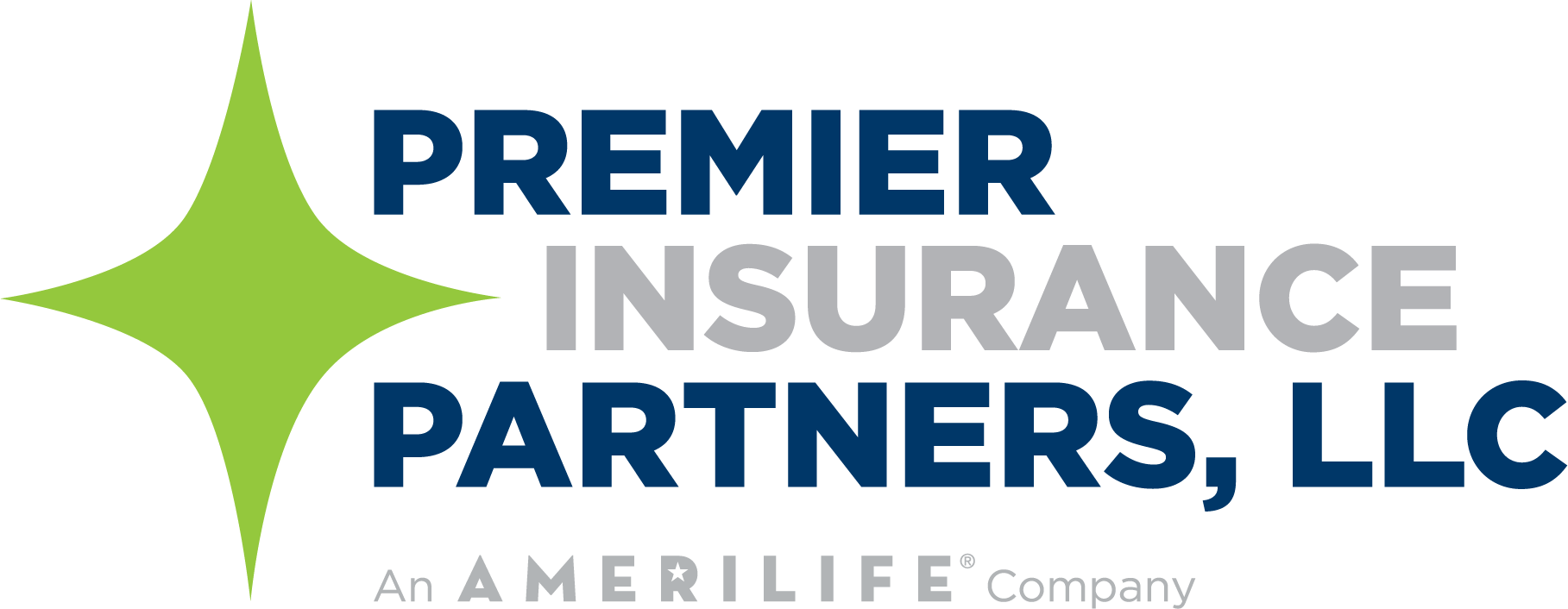
How to Help Clients Avoid Common Mistakes When Choosing a Medicare Plan
How to Avoid Medicare Plan Mistakes During AEP
As the Annual Enrollment Period (AEP) approaches, agents across Northern Colorado are preparing to guide clients through one of the most important health insurance decisions of their retirement. Choosing a Medicare plan isn’t always straightforward — and unfortunately, many people make common Medicare mistakes that lead to unexpected costs, limited coverage, or frustration down the road.
This guide helps agents recognize and prevent Medicare plan mistakes by asking the right questions, using comparison tools, and leaning on the resources available through Premier Insurance Partners.
Spot the Most Common Medicare Plan Mistakes Clients Make
Understanding where clients typically go wrong is the first step in helping them make smarter coverage decisions.
Mistake #1: Choosing Medicare Advantage Plans Based on Premium Alone
A low monthly premium might look attractive, but it doesn’t tell the full story. Many Medicare Advantage plans with low premiums come with higher deductibles, limited networks, or fewer supplemental benefits. Agents should help clients review total out-of-pocket costs — including copays, coinsurance, and annual maximums — to avoid financial surprises.
Mistake #2: Overlooking Prescription Drug Coverage in Medicare Plans
Prescription drug coverage is often misunderstood or ignored. Whether clients are enrolling in a standalone Medicare D plan or a bundled Medicare Advantage plan, they need to check the formulary and pharmacy network. Missing this step can lead to higher expenses or gaps in care.
Mistake #3: Delaying Enrollment Past the Initial Medicare Enrollment Period
Waiting too long to enroll in Medicare can lead to costly penalties and coverage delays. If clients miss their Initial Enrollment Period — the seven-month window around their 65th birthday — they may face lifetime late enrollment penalties for Medicare Part B and Part D. Agents should educate clients early, especially those transitioning from employer coverage or unsure about their eligibility. Timely enrollment protects both health and finances.
Mistake #4: Skipping Side-by-Side Plan Comparisons
Choosing a Medicare plan without comparing options side by side is like buying a car without test-driving it. Clients may miss out on better networks, lower drug costs, or more comprehensive benefits simply because they didn’t see the full picture. Agents should use visual comparison tools to highlight trade-offs — such as provider access vs. premium cost — and guide clients toward plans that truly fit their lifestyle and budget.
Ask Smart Questions to Prevent Medicare Coverage Mistakes
To avoid Medicare plan mistakes, agents must dig deeper into each client’s health care needs and financial situation.
Consider Health Insurance Needs and Preferred Doctors
Does the client want to keep their current doctors or specialists? Are they managing chronic conditions or expecting medical procedures soon? These questions help determine whether Original Medicare, a Medicare Supplement, or a Medicare Advantage plan is the right fit.
Discuss Budget Limits and Future Coverage Decisions
Ask about monthly budgets, retirement income, and future health care needs. Some clients may prefer predictable costs, while others want flexibility. Understanding their financial goals helps agents recommend options that balance affordability and coverage.
Use Tools to Compare Medicare Plans and Avoid Mistakes
Premier Insurance Partners offers quoting platforms and plan finders that make it easier to compare Medicare options and avoid enrollment mistakes.
Leverage Quoting Platforms to Simplify Health Insurance Options
Use these tools to compare Medicare Advantage plans, Medigap plans, and Medicare D coverage side by side. They highlight differences in premiums, networks, and supplemental benefits, helping agents present clear, actionable information.
Present Side-by-Side Medicare Coverage Comparisons
Clients appreciate visual comparisons. Show how one plan may offer better drug coverage, while another provides broader provider access. This approach helps clients understand trade-offs and avoid Medicare plan mistakes.
Educate Clients to Avoid Medicare Coverage Mistakes
Many Medicare mistakes happen because clients don’t understand how coverage works. Agents must simplify the details and explain key differences.
Explain HMO vs PPO Medicare Advantage Plan Differences
HMO plans typically require referrals and limit provider choices, while PPO plans offer more flexibility but may cost more. Help clients understand how each type affects their access to care and overall expenses.
Partner With Premier Insurance Partners to Reduce Medicare Enrollment Mistakes
Agents don’t have to navigate open enrollment alone. Premier Insurance Partners offers resources, mentorship, and compliance support to help agents succeed.
Get Mentorship and Resources to Avoid Common Medicare Plan Mistakes
Whether you’re new to Medicare enrollment or a seasoned pro, Premier Insurance Partners provides training, quoting tools, and guidance. We help agents avoid Medicare plan mistakes and build lasting client relationships.
Stay Compliant While Marketing Medicare Health Insurance Plans
Stay compliant while growing your book of business. Our team offers marketing materials, campaign support, and compliance resources tailored to agents in Northern Colorado and beyond. You focus on helping people — we’ll handle the rest.
FAQs About Avoiding Medicare Plan Mistakes
What Are the Most Common Medicare Plan Mistakes Clients Make?
Clients often choose plans based on cost alone or overlook prescription drug coverage, provider networks, and supplemental benefits.
How Can Agents Help Clients Avoid Medicare Coverage Mistakes?
By asking targeted questions, reviewing coverage details, using free Medicare counseling resources, and applying comparison tools, agents can guide clients toward better decisions.
Why Should Agents Review Out-of-Pocket Costs in Medicare Plans?
Out-of-pocket costs can impact a client’s budget more than premiums alone. Reviewing total expenses — including deductibles, copayments, and coinsurance — helps avoid financial surprises. For a breakdown of current Medicare costs, agents can refer to the official cost overview from Medicare.gov.
What Tools Help Agents Compare Medicare Advantage Plans Effectively?
Premier Insurance Partners offers quoting platforms, plan finders, and training to help agents present Medicare options clearly.
How Does Premier Insurance Partners Support Agents During Medicare Enrollment?
Agents receive mentorship, marketing support, and access to tools that help them serve clients, stay compliant, and grow their business.
Helping clients avoid Medicare plan mistakes isn’t just about selling a policy — it’s about listening, educating, and guiding them through one of the most important health care decisions of their retirement. With Premier Insurance Partners by your side, you’ll help clients enroll in Medicare with confidence and clarity.
Ready to elevate your AEP strategy? Contact us today!





